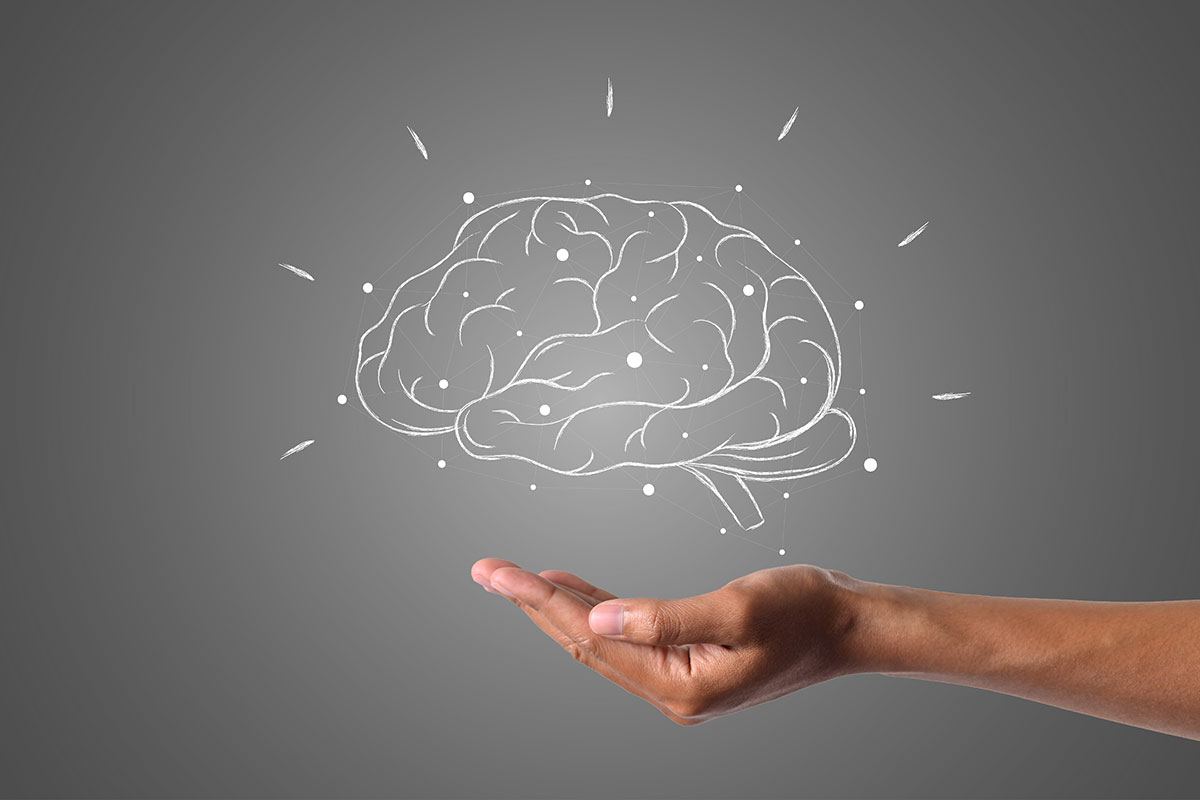
Identification and treatment of cerebral stroke
Identification and treatment of cerebral stroke
The detection of a stroke enables patients to act F.A.S.T. in obtaining the necessary therapy or treatment. The most effective stroke treatments are only available if the onset of symptoms is detected and diagnosed within three hours.
Every minute matters in the event of a stroke! Stroke can cause brain damage if it is not treated quickly. Understanding the signs and symptoms of a stroke will allow you to act immediately and save a life—perhaps even your own.
Brain tissue is deprived of oxygen and nutrients when blood flow to a part of the brain is interrupted or decreased, resulting in an ischemic stroke. Within minutes, the death of brain cells begins.
Hemorrhagic stroke happens when blood from an artery suddenly starts bleeding into the brain. Consequently, the component of the body regulated by the affected brain region cannot operate properly.
Two forms of hemorrhagic stroke can be distinguished:
Intracranial hemorrhages refer to any bleeding that occurs within the brain.
When bleeding happens between the brain and the membranes that surround it, it is called a subarachnoid hemorrhage.
Symptoms of Stroke in Men and Women
Numbness or weakness on one side of the body, most notably affecting the face, arm, or leg.
A rapid onset of confusion, trouble speaking, or difficulty interpreting speech is possible.
Vision impairment in one or both eyes.
Symptoms include vertigo, loss of balance, a lack of coordination, and walking difficulties.
Acute severe headache with no previous medical history.
The detection of a stroke enables patients to act F.A.S.T. in obtaining the necessary therapy or treatment. The most effective stroke treatments are only available if the onset of symptoms is detected and diagnosed within three hours. Patients who arrive late to the hospital may not be eligible for these services.
The principal characteristics aiding in stroke detection are FAST
F-Facial deficiency
A-Arm sway S-Speech Disruptions
T-Time to call an ambulance
The inability to walk can also be considered a symptom of a stroke, but it can also occur for a variety of other reasons.
The patient should be transported to a stroke-ready center as soon as feasible (within an hour-golden hour) or within 4.5 to 6 hours. If they are brought within this time frame, alteplase or tenecteplase can be used for thrombolysis. Some patients are even eligible for mechanical thrombectomy.
Every minute matters after the onset of stroke symptoms, as the average patient loses 1.9 million neurons every minute. Time is the mind: Preserving brain tissue after an irreversible injury expedites the patient's recovery and lowers disability in the months to come.
Treatment for a stroke extends beyond thrombolysis and thrombectomy. It also encompasses post-stroke care, which includes maintaining an adequate diet, managing blood pressure effectively, and controlling blood sugar levels. The significance of physiotherapy and rehabilitation cannot be emphasized enough.
Through early detection of stroke symptoms, prompt presentation to a stroke-ready center, and thrombolysis with or without thrombectomy in stroke patients, as well as good post-stroke care, the resulting disability in stroke patients can be reduced, and they can enjoy a higher quality of life following their recovery. This lowers the impact of disability on families and communities.
Regards
Vasavi hospital(Lakdikapul, Hyderabad)



0 comments